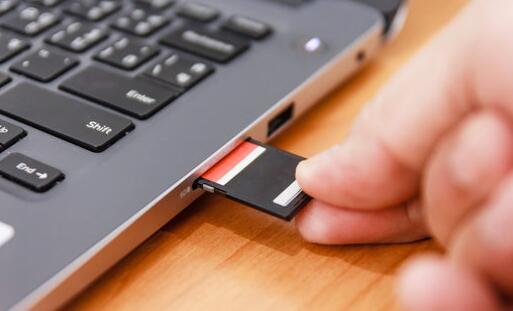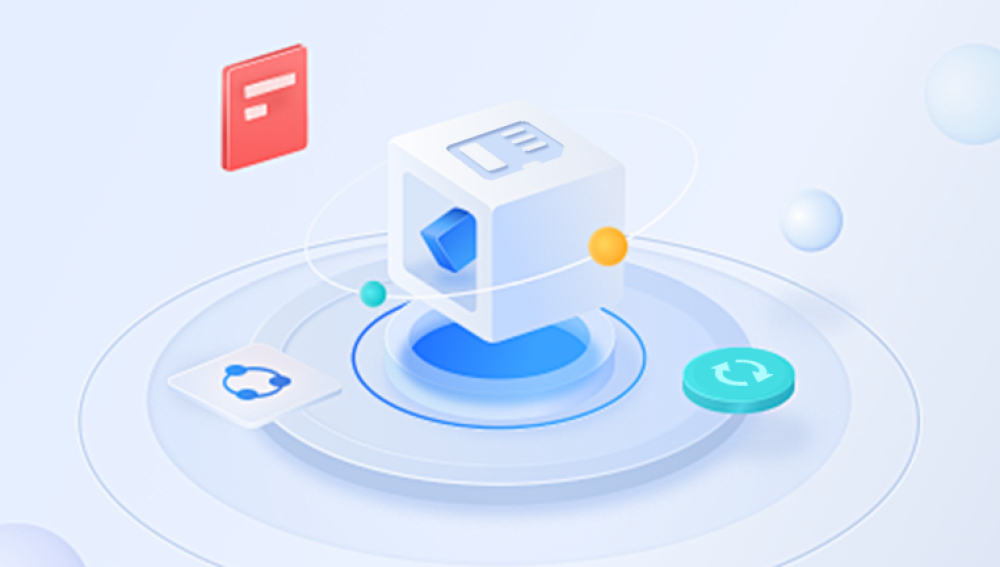SD cards are widely used for storing data in various devices, from cameras to smartphones and laptops. When an SD card fails to show up on your device, it can be frustrating and concerning, especially if it contains important data. Understanding the potential causes and solutions can help you troubleshoot and resolve the issue. This comprehensive guide will explore various reasons why your SD card might not be showing up and provide detailed steps to fix the problem.
1. Connection Issues
One of the most common reasons an SD card might not show up is due to poor connection. This can be caused by several factors:
Dust and Debris: Dirt or dust in the SD card slot can prevent proper contact between the card and the device.
Improper Insertion: If the SD card is not properly inserted into the slot, it might not be detected.
Faulty Card Reader: The card reader itself might be damaged or malfunctioning.
Solution:
Clean the SD card and the slot with a soft brush or compressed air to remove any dust or debris.
Ensure the SD card is fully and correctly inserted into the slot.
Test the SD card in a different card reader or device to rule out issues with the reader.

2. File System Errors
File system errors can occur due to improper ejection, corruption, or incompatible formats. These errors can prevent the SD card from being recognized.
Corruption: If the SD card is removed while data is being written, it might become corrupted.
Incompatible File System: Some devices may not support certain file systems (e.g., NTFS vs. FAT32).
Solution:
Use a computer to check and repair the file system. On Windows, you can use the CHKDSK utility:
Insert the SD card into the computer.
Open Command Prompt as an administrator.
Type chkdsk /f [drive letter]: and press Enter.
Reformat the SD card if it’s not recognized due to file system incompatibility. Ensure you back up any important data before reformatting:
Insert the SD card into a computer.
Open Disk Management (Windows) or Disk Utility (Mac).
Select the SD card and choose the appropriate file system (e.g., FAT32 for universal compatibility).
3. Driver Issues
Outdated or missing drivers can prevent your computer from recognizing the SD card.
Solution:
Update or reinstall drivers:
Open Device Manager (Windows).
Expand the "Disk drives" section.
Right-click the SD card and select "Update driver."
Follow the prompts to search automatically for updated driver software.
Alternatively, visit the device manufacturer’s website to download and install the latest drivers.
4. Partition Problems
If the SD card’s partition is deleted or damaged, the card might not show up correctly.
Solution:
Use Disk Management (Windows) or Disk Utility (Mac) to check the partition:
Insert the SD card into the computer.
Open Disk Management (Windows) or Disk Utility (Mac).
Check if the SD card has a valid partition. If not, create a new partition and format the card.
5. Hardware Failure
Physical damage to the SD card or its internal components can prevent it from being recognized.
Solution:
Inspect the SD card for any visible damage. If the card is physically damaged, it might need to be replaced.
If there is no visible damage but the card still doesn't work, consider professional data recovery services to retrieve important data.
6. Compatibility Issues
Some older devices may not support newer, higher-capacity SD cards.
Solution:
Check the device’s specifications to ensure it supports the SD card’s capacity and type (e.g., SD, SDHC, SDXC).
Use a lower-capacity card if the device does not support the current card.
7. Security Settings and Write Protection
Some SD cards have a physical write-protection switch that, when enabled, prevents data from being written or the card from being formatted.
Solution:
Check the write-protection switch on the side of the SD card. Ensure it is in the "unlocked" position.
Verify the device’s security settings to ensure the SD card is not being restricted by software.
Detailed Troubleshooting Steps
Check the Basics:
Ensure the SD card is properly inserted.
Try the SD card in another device to rule out device-specific issues.
Clean the Contacts:
Use a soft brush or compressed air to clean the SD card and the slot.
Update Drivers:
Open Device Manager (Windows).
Right-click on the SD card under "Disk drives" and select "Update driver."
Use Disk Management (Windows) or Disk Utility (Mac):
Check if the SD card appears in these tools.
If the SD card is listed, but not accessible, attempt to repair or reformat it.
Run CHKDSK (Windows):
Open Command Prompt as an administrator.
Type chkdsk /f [drive letter]: and press Enter.
Check for Write Protection:
Ensure the write-protection switch on the SD card is in the unlocked position.
Test on Another Device:
Try the SD card in a different device to determine if the issue is with the original device or the card itself.
Professional Data Recovery:
If all else fails and the SD card contains critical data, seek professional data recovery services.
Prevention Tips
To avoid future issues with your SD card, follow these preventive measures:
Eject Properly: Always eject the SD card safely from your device before removing it.
Keep It Clean: Regularly clean the SD card and the slot to prevent dust and debris buildup.
Avoid Physical Damage: Handle the SD card with care to avoid physical damage.
Backup Regularly: Regularly back up important data to avoid loss due to SD card failure.




